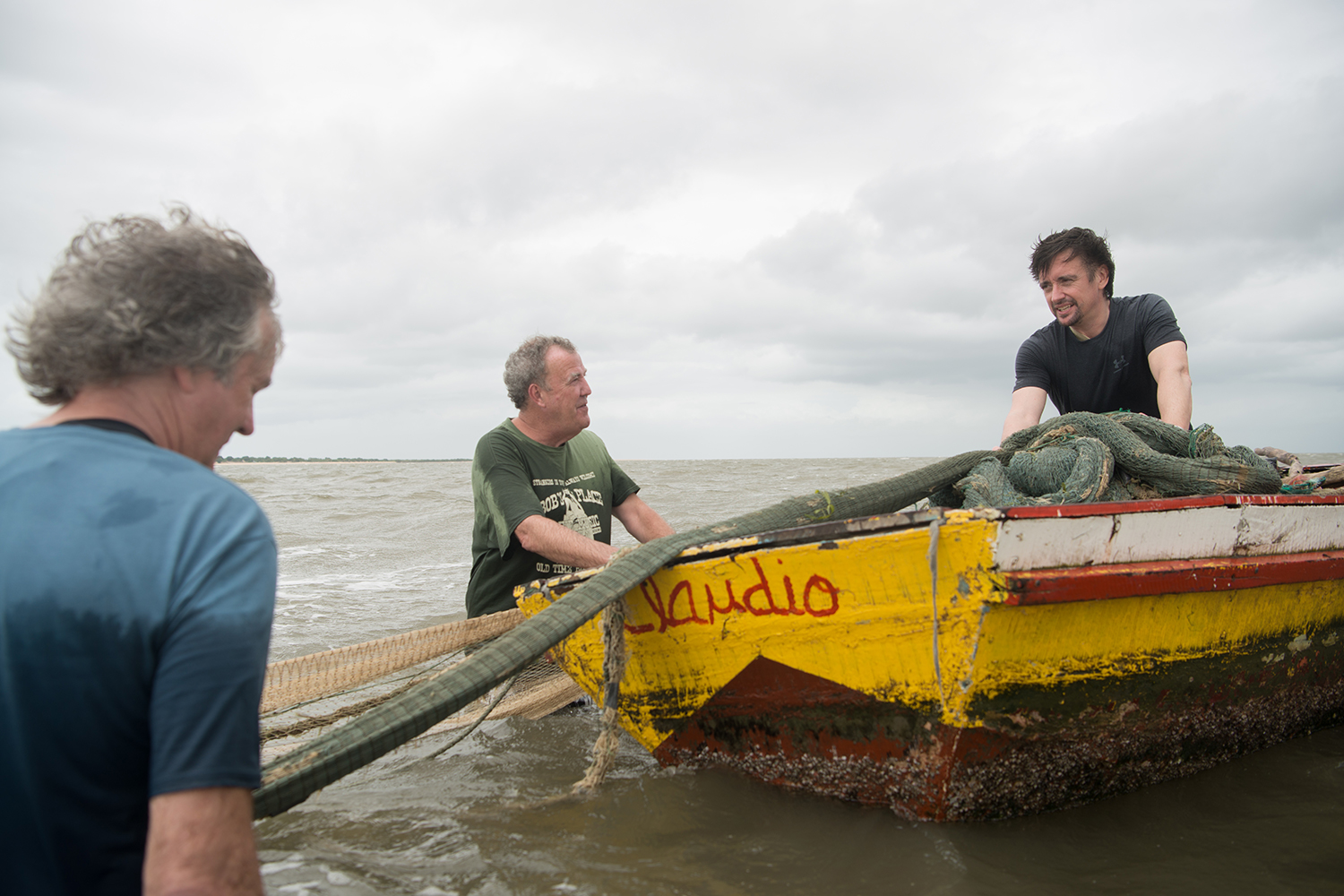Do you remember what the first show you streamed after signing up for an Amazon Prime account? Amazon does, and as leaked internal documents obtained by Reuters show, this has a huge effect on the company’s strategy when it comes to video content.
Despite Prime Video’s status as a major contender when it comes to streaming video providers, Amazon has been notoriously secretive when it comes to talking numbers. That remains the case even now, as the company has yet to confirm or deny anything about the documents and the numbers contained within them. These numbers put the total number of people using Amazon Prime Video in the U.S. at around 26 million, but this number is probably the least important of the bunch, at least when it comes to Amazon’s point of view.
Unlike Netflix and Hulu, which offer a single product — video — Amazon offers a wide range of products, and chances are good that if you subscribe to Amazon Prime, you’re going to shop more on Amazon thanks to the perks like free two-day shipping and same-day delivery in some cities. So, while Netflix and Hulu want to keep you watching, that is only part of Amazon’s strategy. What it’s really looking to drive are Prime sign-ups.
One example is The Man in the High Castle, which the documents say had 8 million viewers in early 2017. That show cost $72 million to produce, and according to the documents, drew 1.15 million new Prime subscribers. In this case, Amazon calculated the cost per new Prime subscriber at $63, lower than the $99 yearly fee for membership.
Amazon calls this cost the “first stream,” a term Reuters says pops up often in the documents. The lower the number, the better, and in the case of The Grand Tour, an automotive show hosted by the former hosts of the BBC’s Top Gear, that number is $49. This means that even though it’s one of the most downloaded shows ever, the deal to nab The Grand Tour proved to be an especially lucrative one for Amazon.
This also means that not all shows are worth it for Amazon. Good Girls Revolt was critically acclaimed and a total U.S. viewership of 1.6 million on an $81 million budget, but only 52,000 of those views were first streams, meaning Amazon wasn’t getting enough new sign-ups out of it, and canceled the show after one season.
If you were wondering why Amazon was willing to spend so much for the rights to develop a prequel to The Lord of the Rings, here is your reason.



